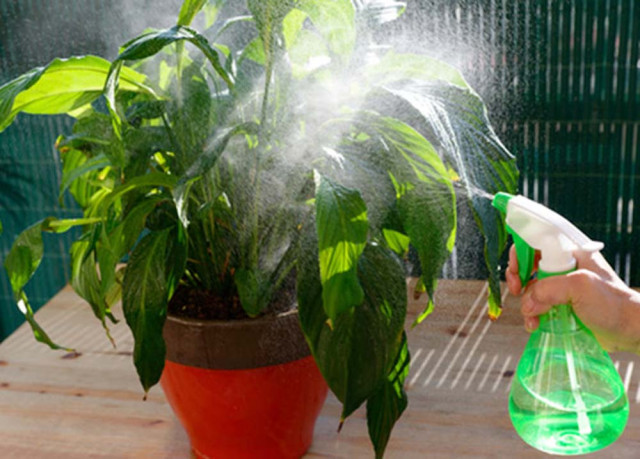Botanical aliens : Non-native plant species hinder biodiversity
Illegal imports of foreign vegetation have threatened existence of local plants and birds

In view of the expansion of the real estate sector, a large number of housing companies have started replicating trendy construction models and designs from across the globe in the hopes of attracting heavy-pocketed clients, with many societies importing vast varieties of plants and seeds from abroad for accentuating the natural greenery of their landscapes. Yet, the marketing strategy which guarantees promising revenue, is covertly creating an alien habitat for the local population of plants and birds, who might soon face annihilation.
Apart from their usage in housing societies, foreign plants like Aglaonema, Lucky bamboo, Anthurium, Bonsai, Canary Island date palm, Copernicia palm, silver date palm, Box hedge plant, Alexander and Olive trees, which are imported from China, Thailand, India, Sri Lanka, Netherlands and other European Union countries, are also available for indoor use, and outdoor decoration of courtyards, gardens and green belts. However, many of these foreign plants which are sold across Pakistan are illegally imported into the country and not only pose a risk of allergies to humans but are also considered harmful to the local population of birds, insects, crops and plants.
“Some non-local plants have negative effects on our environment, since they hinder biodiversity by affecting the process of pollination in many plants. As a result, many types of local trees have started disappearing and are facing extinction,” warned Dr Asad Shabbir, a former professor of botany at the Punjab University, who believed that before introducing non-native vegetation, the benefits and pitfalls should be analyzed.
“Most people question why fireflies, butterflies, bees, parrots, sparrows, bulbuls and other birds are becoming extinct. The main reason is that foreign plants have led to the extinction of local plants, which were the habitat of local birds. Since these birds do not have a habitat, they are unable to thrive,” said Fahad Malik, an environmental and wildlife conservation activist, who further added that no research activities were conducted in the country for sustaining the indigenous plant and bird species.
On the other hand, Mohammad Zeeshan, a local nursery owner revealed that the demand for foreign plants was surging because of their accelerated growth period. “The price of these plants ranges from Rs1000 to Rs100,00 and they are very popular among people who want to beautify their homes,” he added. While there is no record of the exact number of foreign plants available in Pakistan, it is estimated that more than 700 species of non-native plants are planted across the country, many of which have become a threat to local plants and animals.
For instance, the Kikar tree has affected the growth of many local herbs, including the acacia and shisham trees. Similarly, water ferns imported from South America have damaged the water ecosystem of Sindh.
In this regard, Dr Waseemul Hassan, former Director General of the Plant Protection Department said, “Before importing, the local environment and climate of the place where these plants are to be planted, is analyzed. If the department thinks that foreign plants can affect our environment, or that they cannot grow in our environment, then the import of such plants is not allowed.”
Published in The Express Tribune, February 26th, 2024.



















COMMENTS
Comments are moderated and generally will be posted if they are on-topic and not abusive.
For more information, please see our Comments FAQ